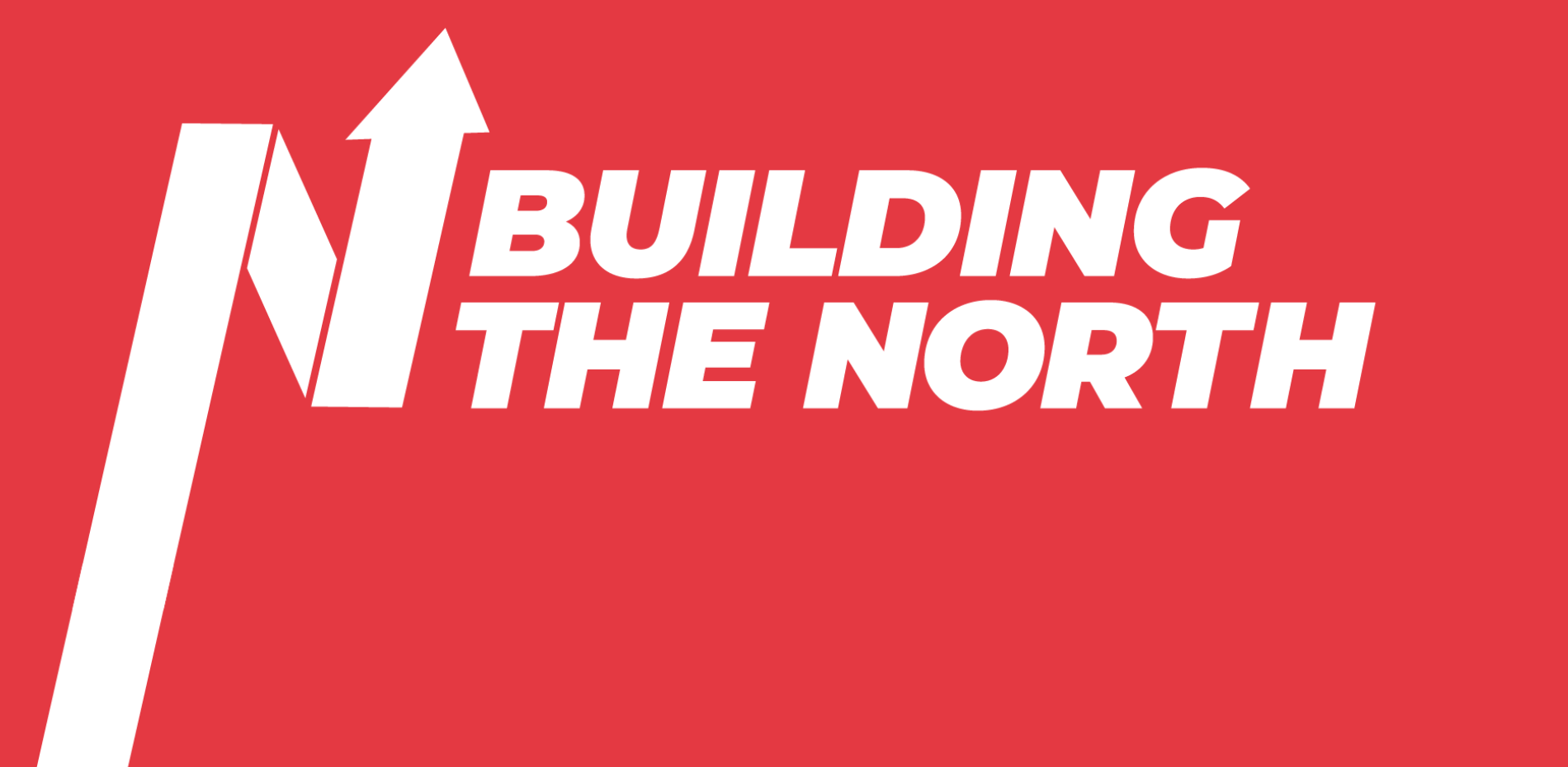CANBERRA - 24 May 2021
Deputy Speaker,
The Territory is the heart of this country, and our Indigenous communities have maintained a strong, direct line to their culture for over 60,000 years.
Engagement with our Indigenous cultures is one of the main reasons visitors come to the Northern Territory.
Genuine experiences and cross-cultural communication is the best way to unite our Indigenous and non-Indigenous communities, and only Indigenous-owned and run tourism can offer that.
They are seeking a deeper understanding of and connection with our First Nations people.
And art is a major channel to do that.
In the Northern Territory, our art is world class.
From ochre barks and delicate crosshatching of the saltwater people of north-east Arnhem Land, to the bright shapes and pastels depicting the desert dreamings of Central Australia, the Aboriginal art of the Northern Territory is world-famous.
Every August, Darwin is host annually to both the National Aboriginal and Torres Strait Islander Art Awards, one of the richest and most prestigious such prizes in the world.
We also host the national Aboriginal Art Fair, bringing together Indigenous communities from around Australia in the Top End to showcase their work.
It’s hugely popular with international visitors and interstate Australians alike.
We get huge spikes in tourism numbers, and our hotels, bars and restaurants fill up with people.
Australians know we have so much to be proud of when it comes to nurturing and celebrating Indigenous culture and history. It’s something unique we can showcase to the world.
Our landscapes are like no other, and the tourism opportunities that local Aboriginal businesses offer on Aboriginal land are life-changing, whether that’s experiencing Uluru with an Anangu guide, or looking at millennia-old rock art in Gunbalanya.
It’s essential that we keep creating and supporting jobs in this space for Indigenous Territorians – and indeed for Indigenous people all around the country.
It helps our Indigenous Australians achieve economic security and prosperity while telling deeply compelling stories to ourselves about who we are as a nation.
Which is why it’s so disappointing that the Government has been to slow to act to support this industry.
Kakadu is an absolute jewel in the crown of Australia’s national parks.
And yet some of the major tourist sites, like Gunlom Falls, remain closed for yet another year due to a sacred site being paved over by Parks Australia.
Parks Australia has had a difficult and fraught relationship with traditional owners in Kakadu for years.
Instead of improving and managing relations for the betterment of everyone at the park, things have been allowed to fester for far too long.
Now that traditional owners have had enough, parts of the park are simply closed indefinitely.
That is their right. But it never should have come to that.
The Coalition Government promised $216 million for much-needed upgrades. That was years ago, and the money is yet to hit the ground.
So as domestic tourists – and some stranded backpackers – begin returning to the Top End and visiting this wonder of the world, what they’re seeing instead of world-class facilities and experiences is a tired park desperately in need of improvement.
Where’s the money? Why isn’t it rolling out? Why aren’t we getting ready now for when our international borders open and tourists from around the world return?
The Larrakia Cultural Centre is a terrific initiative from the Larrakia Development Corporation, who represent the traditional owners of the Darwin region.
Its aims are to:
- preserve and celebrate significant cultural & spiritual links to the sacred site;
- showcase the heritage and history of Larrakia and their connection to other Aboriginal groups;
- act as a unique tourism drawcard, and create tourism and other employment opportunities;
- and incorporate commercial opportunities for the tourism and arts sectors
The $40 million project has been funded under the Aboriginal Benefits Account, the ABA, making it an entirely Indigenous endeavour.
I’d like to acknowledge Leeanne Caton, chair of the ABA.
Leeanne has done great work with Yilli Rreung housing in Darwin, and she’s doing great work with the Larrakia Cultural Centre, which will be a major drawcard for culturally-based tourism in Darwin.
I urge the Government to support such initiatives and help create more opportunities for our Indigenous people around the country, who deserve every opportunity to create sustainable and ongoing tourism jobs sharing their culture, if they wish.
---------
ENDS


